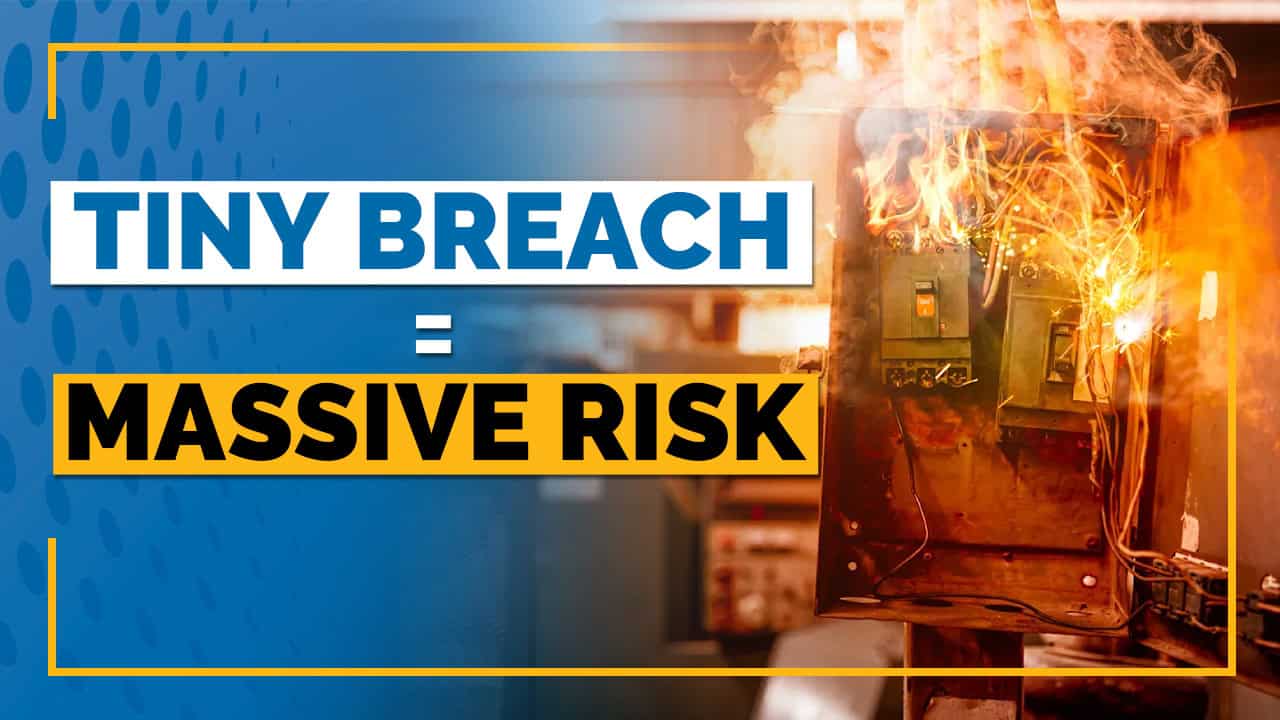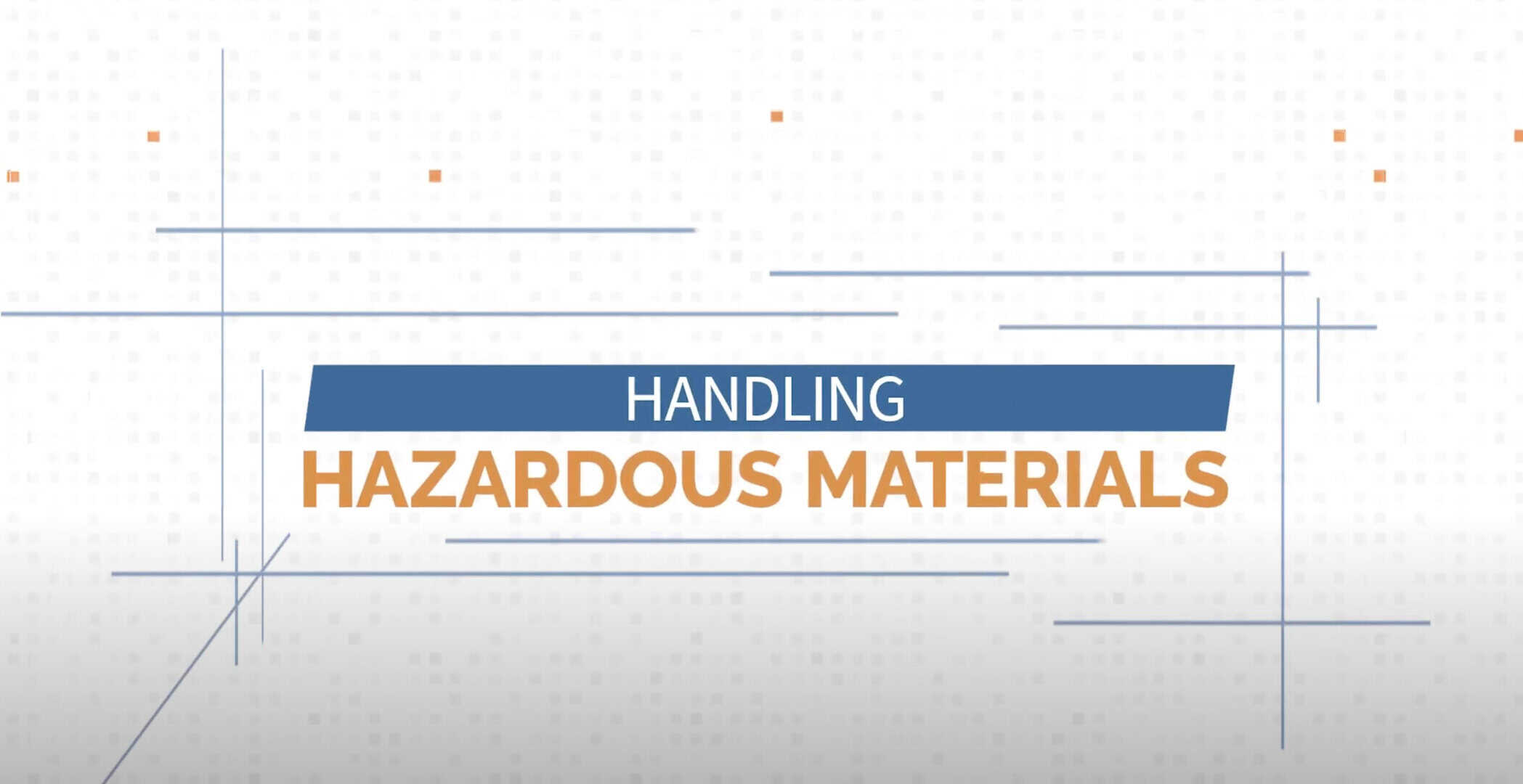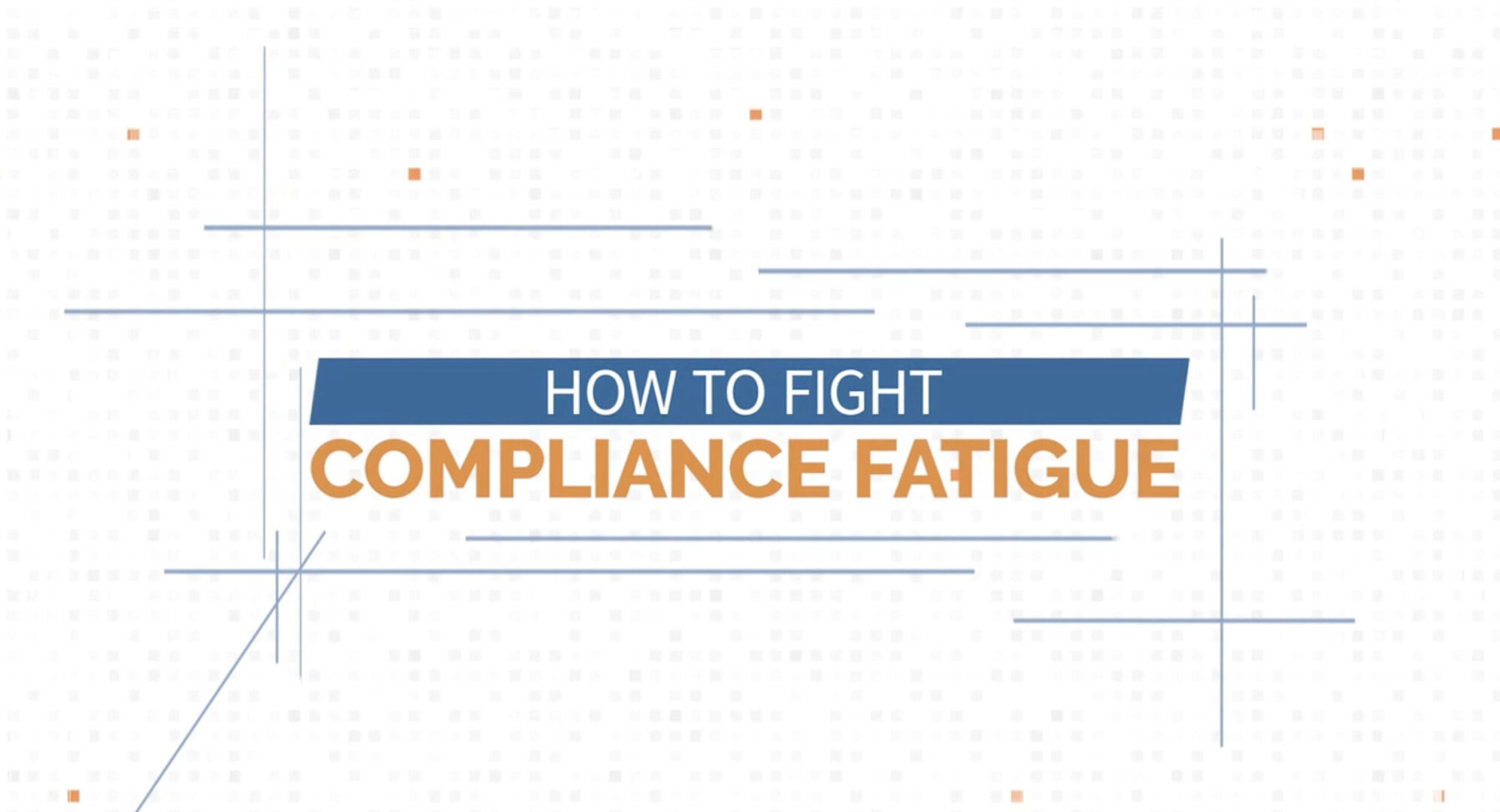It’s easy to think of fire barriers as static parts of the building—drywall, shafts, above-ceiling space. But when it comes to life safety, these passive systems do some of the most critical work: they buy time.
When a fire breaks out, compartmentalization matters. Smoke and flame need to be slowed, redirected, and contained. And that’s exactly what fire-rated barriers are designed to do.
But here’s the problem: if even one part of that wall or ceiling is breached—by a cable, a pipe, or a missing ceiling tile—that protection is gone.
In our latest video, we break down:
- How everyday maintenance work can compromise your barriers
- Why above-ceiling areas are the most overlooked risk zone
- What good firestop documentation looks like
- How to build a culture where every team member and vendor treats barriers with respect
If you’re responsible for facility safety, EOC rounds, or contractor oversight, this video is a must-watch. Because this isn’t just about inspections or code citations—it’s about real protection for real people.
Watch now:



